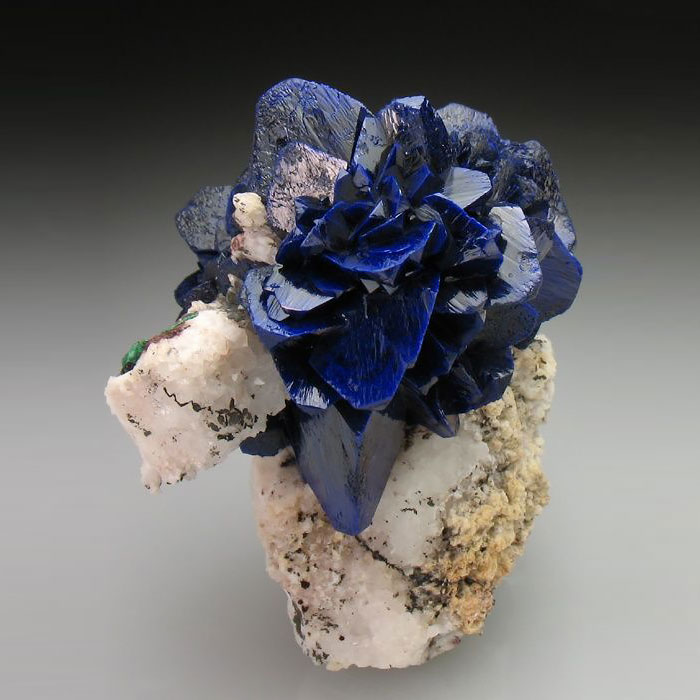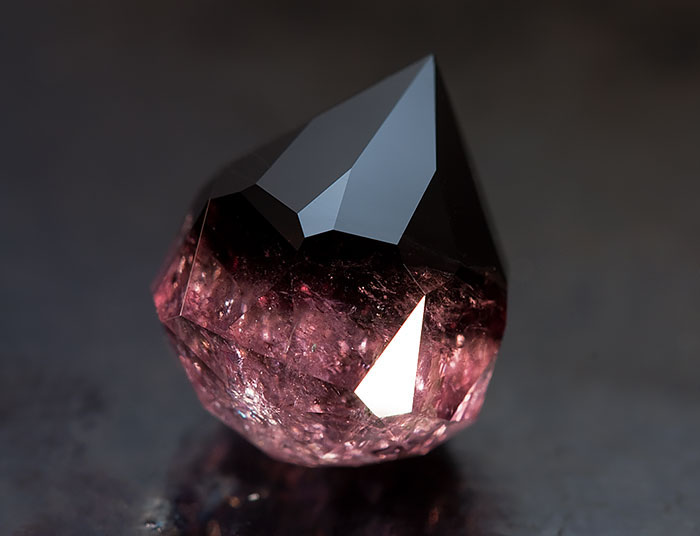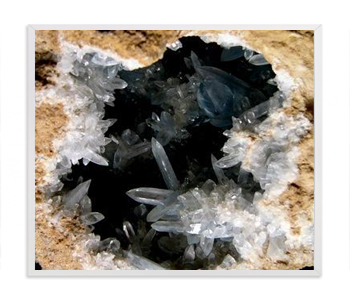Treasures UNEARTHED
December 15 - January 15 2017, NC Museum of Natural Sciences




Geodes are one of nature’s great surprises. They may be drab on the surface, but these rocks are full of crystallized minerals on the inside.
But where do Geodes actually come from? What is a Geode? How are they formed? How are they Unearthed? And most importantly, what purpose do these Treasures fulfil?
Come take a tour with us and find out the answers to all these questions and be inspired by their beauty and versitility!
Geodes are irresistible. It turns out that what looks like a solid entity on the outside begins with an absence of material. A geode is typically born when a cavity forms in a rock resulting in a shell waiting to be filled. The outer crust of the geode is actually porous. Next mineral-rich groundwater or rainwater to seep through the porous rock and fill the cavity. The water lines a thin crust of minerals inside of the cavity. As water flows through the geode, additional mineral layers are deposited in its hollow interior. Over thousands of years, these layers of minerals build crystals that eventually fill the cavity.
How long this takes depends on the size of the geode — the largest crystals can take a million years to grow. Which minerals end up as crystals in a geode varies by location and conditions such as temperature, acidity, and the type of rock the geode forms from.


Geodes can be found in many places. Most geodes are found when digging. Many can be found on the surface, having gradually worked their way up from beneath the soil. There is no way of telling what the inside of a geode holds until it is cut open or broken apart.
Many different minerals can be found inside geodes. Geodes found in Brazilian quarries host soapstone and several kinds of quartz, while geodes from central Spain are filled with gold-laced hematite (the stone they use to make that magnetic jewelry). Many of these minerals, in addition to others including dolomite, calcite, and “fool’s gold,” have been found among the geodes in America’s Midwest.
The largest gypsum crystals, from a cave in Naica, Mexico, have grown up to 36 feet long. But enormous geodes are not unique to Mexico. The geodes in the Paraná Basin of South America are also large enough for people to hide in.
Minerals are not just a pretty face! They have been used for many years in different applications like paint, batteries, and even cellphones!
The most common use for geodes is for decoration. Small geodes can be made into jewelry. However, geodes are so versitile, they have been used in home goods, appliances and several other practical applications.
